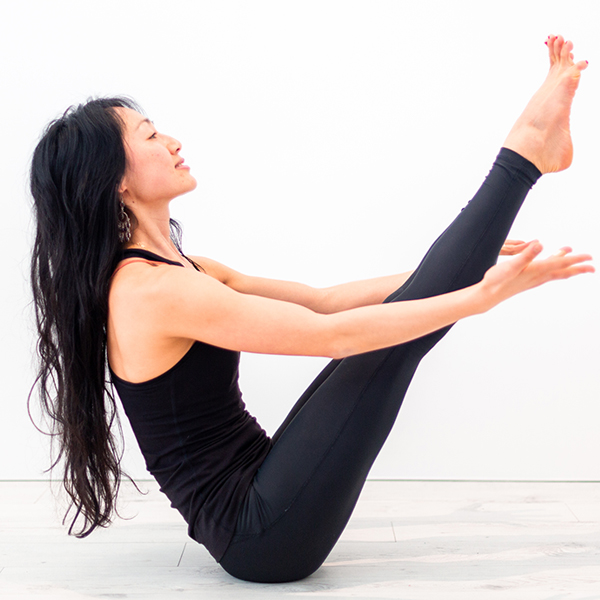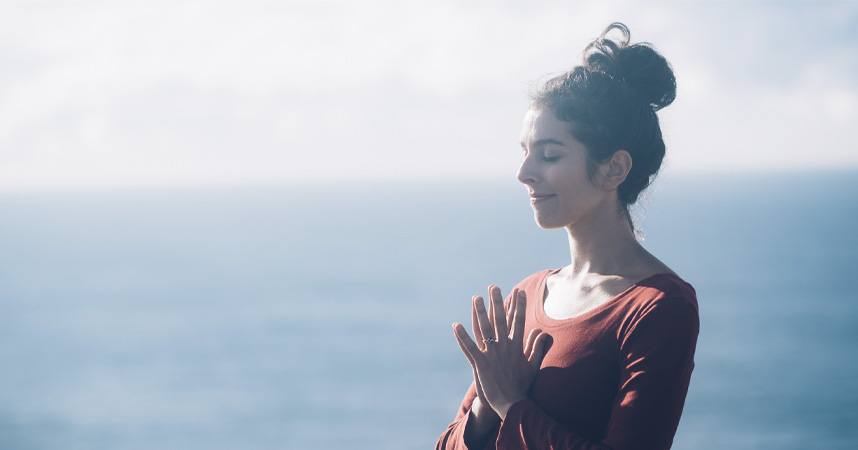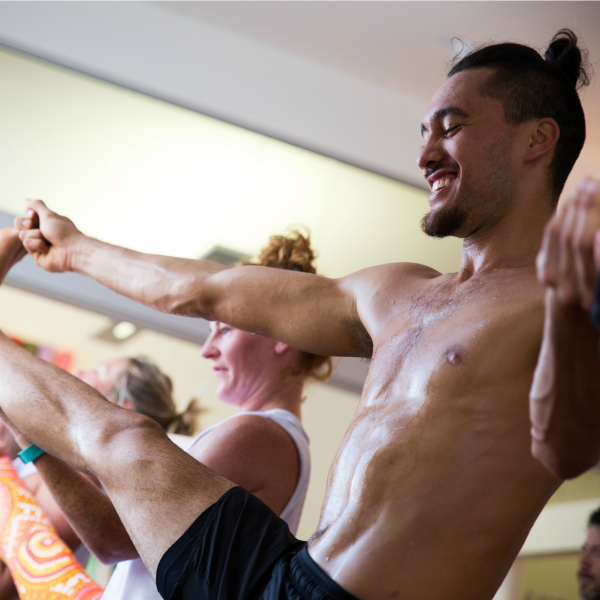30 Aug All You Need To Know Why You Need Pilates In Your Yogi Life Now

Written by Power Living Staff ・ Image by Jamie・ 5 mins
Over the last few years when I’ve been meeting people I tell them that I’m a Pilates teacher. I normally get raised eyebrows as a response and a great interest in what I do, followed by the question “so how long have you been teaching yoga for?”….I usually grin back.
If you asked someone on the street the difference between pilates and yoga, most people wouldn’t know how to answer it. And to be fair, the answer is a little long winded than a quick response on the street! So what exactly is pilates, and how can it be used to compliment your yoga practice?
To answer that question I think we need to take a step back to in time – to explain how pilates originated, how it evolved, and what it looks like today. So let’s start with the basics….Pilates.
Who is Joseph Pilates?
Pilates is actually the name of the man who created it – Joseph Pilates. He was German and believed strongly that the mind and body were connected, and to have a healthy body you must have a healthy mind and vice versa. He believed that movement heals, and During the First World War he was interned in a hospital on the Isle of Man. It was here that he modified a hospital bed by attaching long springs to it, thus allowing bedridden patients to exercise their bodies. This would be one of the first versions of the pilates equipment still seen today and now known as the Cadillac or Trapeze Table. Joe later moved to New York and opened his own studio teaching students the Pilates “method”. Dancers would attend his studio for rehabilitation and to improve their technique, and soon word spread amongst celebrities of the day.
It’s important to note here that most of Joe’s students were male – his first students on the Isle of Man were soldiers, and over 60% of his students in New York were male. This method was developed by a man for all humans, but it’s important to ask the question – why is there a myth that Pilates is for women? One answer could be that when pilates grew in popularity, the entire world was going through a group exercise fitness craze – think step aerobic classes and leotards! So pilates was swept up in the worldwide growth of group fitness classes and gym workouts – but it’s much more than that.
So what actually is it?
It’s a lot of things. It’s alignment of your body. It’s connecting your body and mind. It’s becoming body aware. It’s learning how to engage your entire core (and not just the abdominals!). It’s learning how to breathe properly. It’s learning how to move smoothly, efficiently, without injury. It’s challenging yourself physically and mentally. It’s working out how to turn on individual muscles, and relaxing the ones that shouldn’t be on. It’s learning how to move like a human again. It’s returning to life.
Notice why this is hard to explain quickly on the street?
We humans are great at creating habits – some of them not so good. And it’s these little bad habits of posture or movement that over time can develop into great imbalances in the body, and appear elsewhere in your body as compensation. Let me tell you about a story of a young athlete – a swimmer, who presented to a fellow pilates practitioner with words from her coach that her “core wasn’t working”. A quick assessment showed that her core wasn’t bad, but something else wasn’t right – as she raised her arms overhead, her ribs flared and her abdomen came forward. So at first glance, it looked like her core wasn’t working. But what was happening behind? Well as she raised her arms overhead, her shoulder wasn’t actually moving as it should, and the latissimus dorsi (the “lats”), and opposite gluteus maximus (the glute) were to blame! A few dedicated pilates sessions focussing on her weak glute, and time with a physiotherapist soon allowed her shoulder to function as it should. And hey presto her ribs stayed in alignment, improving her swimming,
How does Pilates Help Your Yoga Practice?
Well when you come to a pilates class, we teachers are sticklers for detail. We focus on your alignment, and we get you to learn about your body and what is going on in terms of imbalances. We try and help you correct the imbalances then and there, or if it requires more work, we persist! We make your body move in all directions and all planes of movement – through flexion, extension and rotation – keeping the limbs limber and the fascia hydrated. And at Power Living, we are so lucky to have these serious pieces of equipment to help us get there – the Allegro 2 reformers. Think of a reformer as a piece of equipment that has springs on it which can help or hinder you in exercise.
Want long lean muscles? Then pilates is your friend. Unlike going to a gym where you might pump out a few hard sets, in pilates, and when using the reformer, we concentrate a lot on eccentric contractions of the muscles. So in the example of using a dumbbell to thrash out some bicep curls, you would see the bicep going through a concentric contraction (the muscle is under tension and shortens), but as you drop your arm to the floor, there is little activity of the bicep. Whereas in pilates, we still get the concentric contraction of the bicep, but we also keep the muscle under tension while it lengthens (ie an eccentric contraction). Thus the muscle gets worked in both directions. This is why you may hear us ask you to slow down your movements in pilates – so you don’t end up shortchanging your practice.
What to Expect in Your First Pilates Class?
Well, first of all, bring socks (we need them for hygiene!) Secondly don’t be surprised if you feel overwhelmed – there’s a lot of information to take in at once. Be patient – the learning will happen over time, and you should keep learning throughout all the years you practice pilates – throughout your life! If something feels easy – well you’re probably not doing it right, so just ask the teacher as you should always feel challenged, either physically or mentally (or both!). For pilates to change you, you should be coming at least three times per week. Once a week is really not enough as you will soon forget what you learned in the previous week. Starting anything new is the easiest part – it’s the consistency that is often difficult. So bring a friend – be accountable, or make friends – there are plenty of welcoming people in the studio who are eager to meet people just like you.
And above all have fun – pilates is about returning to life – remember when you were a child and exercise was fun? – we’ll rediscover the play. Have a laugh if something is hard, but above all keep going!
Want to learn more about Joseph Pilates or the original method? Check out his books “Your Health” by Joseph H. Pilates (1934), and “Return to Life Through Contrology” by Joseph H. Pilates and William J. Miller (1945).



